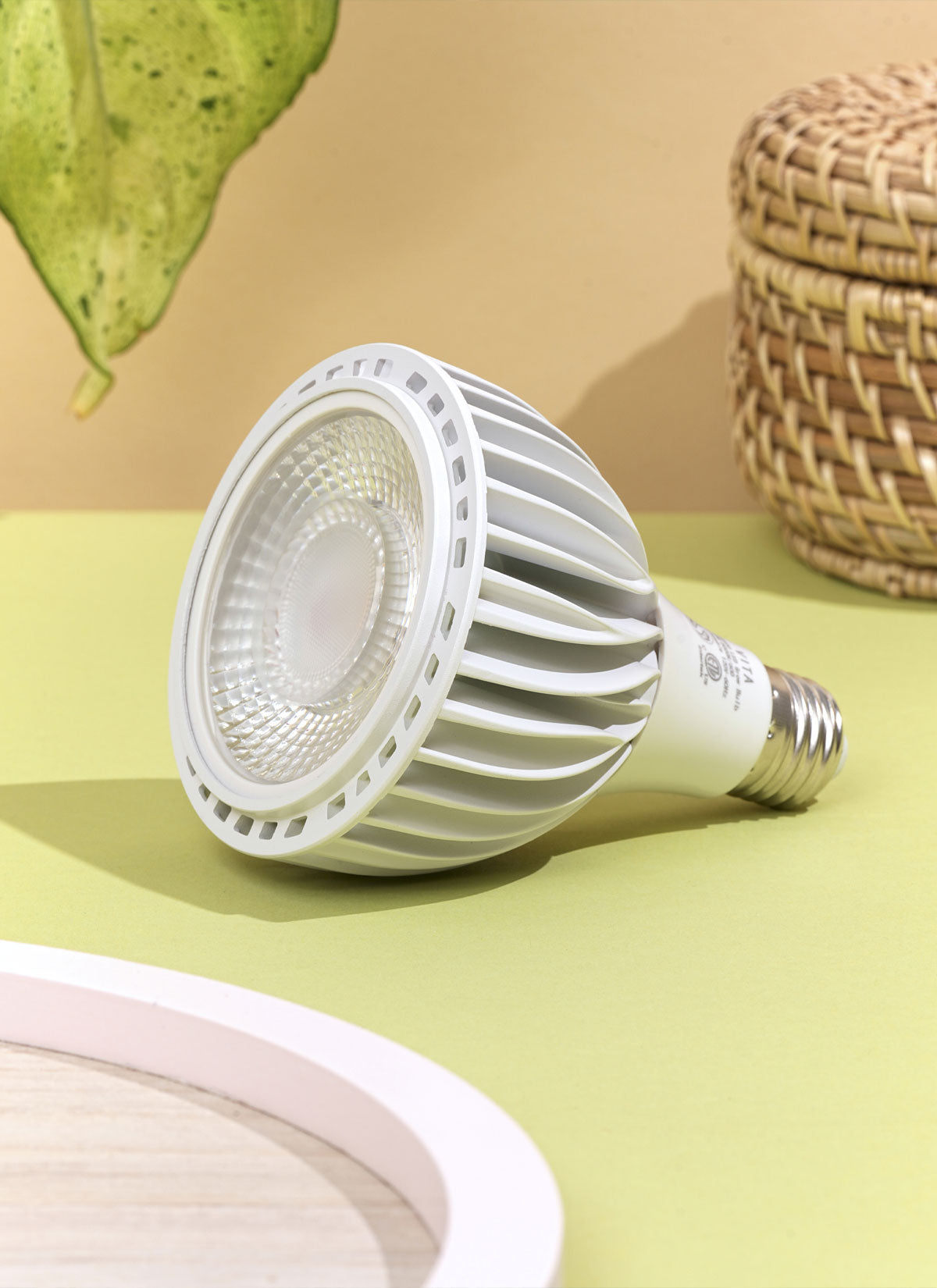Additional Plant Care
Propagation
Calamondin plants (Citrus microcarpa) can be propagated through several methods, including seed propagation, cutting propagation, and air layering. For seed propagation, plant the seeds in a well-draining potting mix and keep the soil consistently moist. Cuttings can be taken from the plant's new growth and placed in water to encourage root development, then transplanted to a potting mix once roots have formed. Air layering involves creating a small wound on a branch and then wrapping it in moist sphagnum moss and plastic wrap until roots form, then transplanting to a potting mix. Regardless of the propagation method used, it is important to provide consistent moisture, warmth, and indirect light to encourage successful growth. The idea is to mimic the plants natural environment.
Toxicity
Calamondin plants are toxic, caution should be exercised when handling them. The sap and leaves have proven highly irritating and damaging to humans and animals alike.
Toxicity
To repot a Calamondin plant, first, choose a pot that is one size larger than the current pot and has drainage holes. Fill the bottom of the pot with a layer of small stones or gravel to aid drainage. Use a well-draining potting mix, such as a mix of peat moss, perlite, and sand, and fill the pot about a third of the way. Carefully remove the plant from its old pot and loosen any tangled or compacted roots. Place the plant in the new pot and add more soil around the root ball, pressing it down lightly to remove any air pockets. Water the plant thoroughly and place it in a sunny location with indirect light. Allow the soil to dry out slightly between watering, and avoid overwatering or allowing the plant to sit in standing water. Additionally, consider adding a layer of mulch to help retain moisture and improve drainage.
Seeding
Calamondin, a small citrus tree, can be easily grown from seeds to bring the delight of its tangy fruits into your home. To start the process, moisten a seedling tray or small pots filled with a well-draining potting mix. Place the seeds about half an inch deep into the soil and cover them gently. Provide warmth by placing the tray or pots in a location with consistent temperatures between 70-80°F (21-27°C). Ensure that the soil remains consistently moist but not overly saturated. Germination typically takes around 2-4 weeks. Once the seedlings have emerged, provide them with ample bright light, such as near a sunny window. Regularly water the young plants, allowing the top inch of soil to dry between waterings. As the calamondin grows, you can transplant it into a larger pot or into the ground, ensuring it receives full sun exposure.
Pruning
To prune a Calamondin plant, use sharp, clean shears to remove any dead, damaged, or diseased branches or leaves as soon as possible. Prune the plant in late winter or early spring before new growth begins. Remove any branches that are crossing or rubbing against each other. If the plant is overgrown, you can prune up to one-third of the total growth before shock for the plant starts to set in. Additionally, you can pinch back the tips of new growth to encourage branching and a fuller plant. After pruning, water the plant thoroughly and resume regular care. The plant should produce new growth and possibly flowers in the coming weeks to months.
Fertilizer
Calamondin plants require regular fertilization to maintain their health and promote fruit production. Use a citrus-specific fertilizer and apply it to the soil every four to six weeks during the growing season, which is typically spring and summer. Follow the package instructions carefully, and avoid over-fertilizing the plant, as this can lead to salt buildup in the soil and burn the roots. It's important to water the plant thoroughly before fertilizing to avoid burning the roots, and to avoid fertilizing the plant during the dormant season when it is not actively growing. Calamondin plants prefer slightly acidic soil, so consider using a fertilizer formulated for citrus trees. Regular fertilization can help keep the plant looking healthy, promote new growth. Additionally, using a fertilizer with a higher nitrogen content can promote lush foliage growth, while a fertilizer with a higher potassium content can encourage fruit production. Be sure to water the plant regularly to help prevent fertilizer burn and to maintain the plant's health.
Soil
Calamondin plants prefer well-draining soil that is slightly acidic and rich in organic matter. A recommended soil mixture consists of equal parts of peat moss, perlite, and vermiculite, with some compost added in to increase the organic content. It is important to avoid using soil that contains too much sand, as this can cause the soil to dry out too quickly. Additionally, calamondin plants should be grown in a pot with drainage holes to prevent water from accumulating in the soil, as this can cause root rot. The soil should be kept evenly moist, but not soaked, and the plant should be watered with room-temperature water to avoid shocking the roots. During the growing season, it is recommended to fertilize calamondin plants every two weeks with a balanced, water-soluble fertilizer. With the right soil conditions and proper care, calamondin plants can produce fragrant blooms and edible fruits, but be careful they are very tart!




















